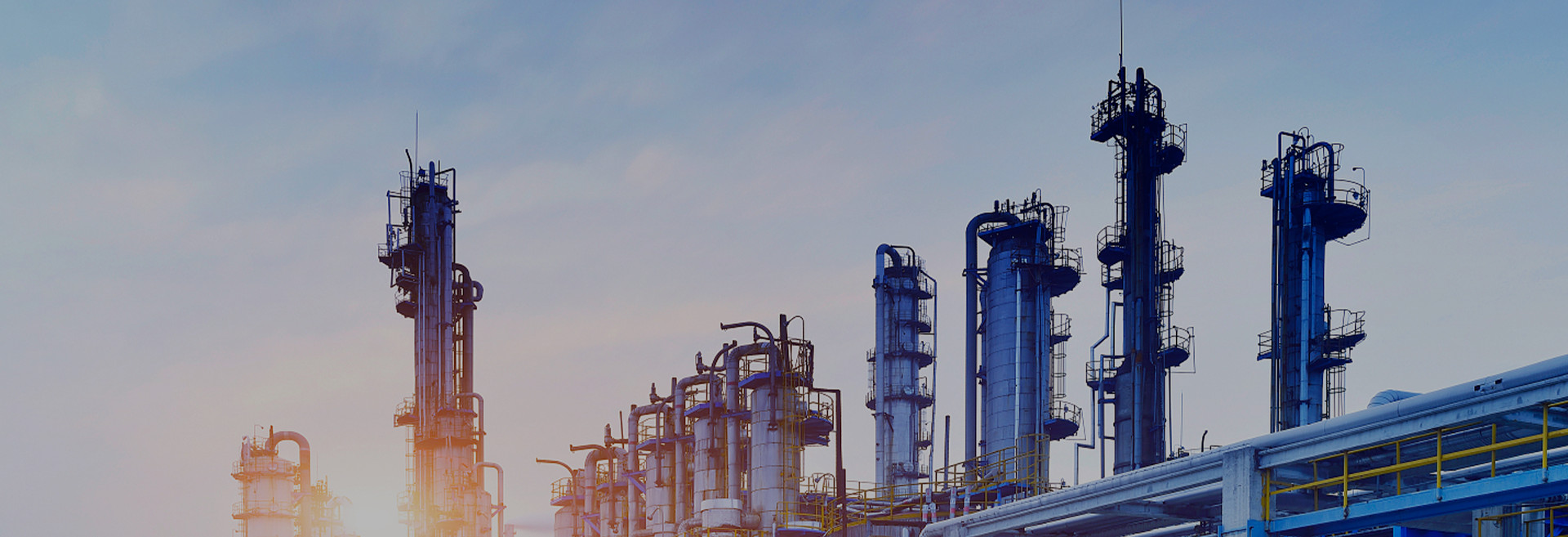The Argon Fluoride Excimer Laser is a laser device that utilises the excited state decay of the excimer ArF* to emit 193nm photons. The principle of operation is quite subtle, with the amplification and emission of photons being achieved by a discharge and reaction process.
As the discharge passes through the Ar/F2 mixture, Ar+ ions and electrons are produced. These electrons collide with the argon atoms and excite them to an excited state. Once excited, the argon atom will react with the fluorine molecule to form an excited state of the excimer ArF*. This excimer state will spontaneously decay back to unbound argon and fluorine atoms in a transient state, emitting 193 nm photons.
To effectively amplify this excimer in the excited state and generate laser oscillations, two mirrors are placed inside the laser to form an optical cavity. In this way, the excimer in the excited state causes excited emission and laser oscillations, which further form and decay, releasing more 193nm photons. These photons are continuously reflected back into the laser and interact with more excited excimers to produce more photons. This process is repeated over and over again, resulting in a gradual increase in the number of photons.
Finally, the beam is fired through a partially reflective output mirror, producing a powerful 193nm laser beam. The pump maintains the required electron density and excitation to maintain continuous lasing. The pump is used to supply enough energy to the discharge from an external energy source to keep the laser running.
In summary, the argon fluoride excimer laser uses discharge, reaction and excimer decay in the excited state to produce a 193nm laser. The operating principle is both complex and sophisticated, enabling effective UV generation and leading to major advances in scientific research and industrial applications. This laser has a wide range of applications including materials processing, scientific research, medical and military. Its high precision and high energy characteristics make it excellent in a wide range of applications.
Post time: Feb-26-2024

